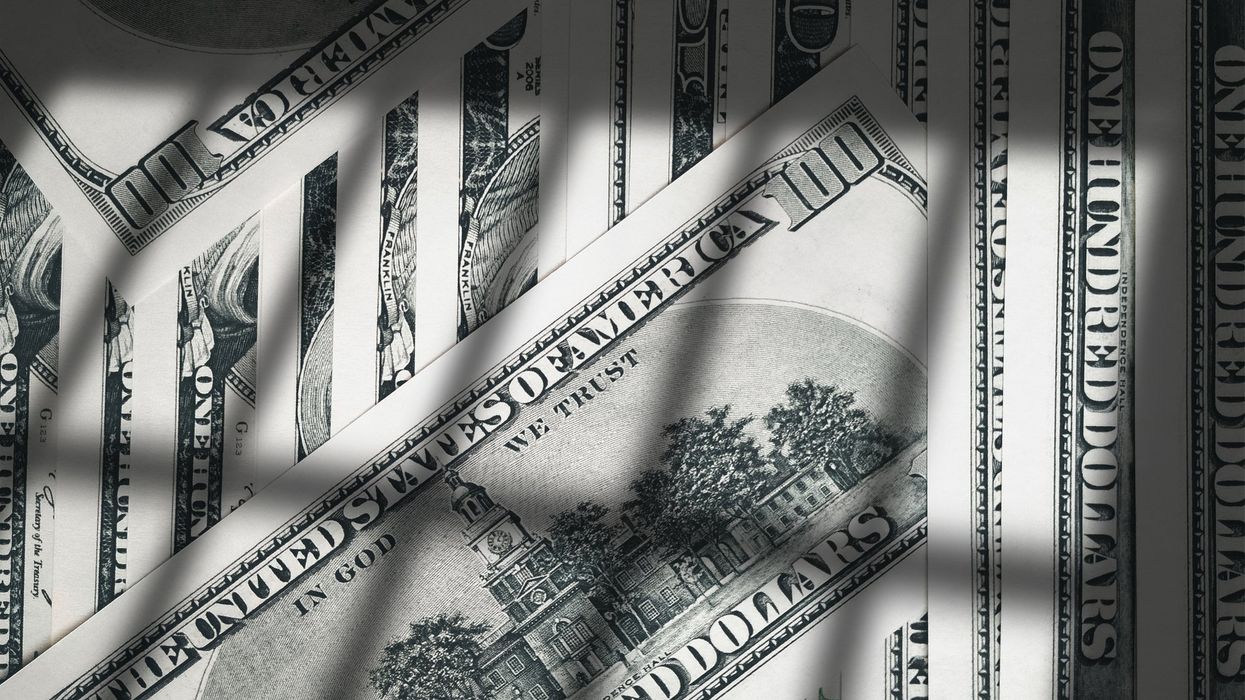
Oleksandr Shchus/Getty

Central bank digital currencies are digital forms of fiat money, issued and regulated by a country's central bank. Unlike decentralized cryptocurrencies like Bitcoin, CBDCs are centralized and fully under the control of the issuing government. Currently, around 97% of all money is circulated digitally; however, the danger with purely digital CBDC compared to traditional dollars is it could be directly controlled by the Fed. The Fed would have the ability to turn off your money.
In financial circles, CBDCs are being talked about as an inevitability. Twenty-nine countries have already implemented CBDCs or pilot programs, including China, India, Nigeria, Jamaica, the Bahamas, UAE, Australia, Singapore, and Thailand, with 114 more exploring them. Here in the U.S., the Federal Reserve and the Biden administration have been actively investigating the possibility of implementing a “digital dollar.” Even the Bank of America has declared that CBDCs are “the future of money.”
But if you’re not in finance and you’ve heard of this technology, it’s probably because you’ve seen dark warnings about the prospect of CBDC-enabled digital tyranny from crypto enthusiasts or from your MAGA uncle on Facebook. Conservative politicians like Ted Cruz and Ron DeSantis are pushing to outlaw CBDCs, and as justification for their proposed ban, they cite apocalyptic scenarios that sound straight out of an InfoWars clip.
CBDCs are often thought of as cryptocurrencies like Bitcoin but controlled by a central bank. That’s probably close enough to a definition for most people, but it isn’t quite accurate.
Unlike distributed cryptocurrencies like Bitcoin, CBDCs are centrally issued and more like NFTs minted on Ethereum. They may or may not be based on blockchain technology, but all new funds are created by a central bank, not by a distributed network of miners.
In all of the hype and discussion about CBDCs, their proponents haven’t done a great job explaining the supposed benefits of this idea. Neel Kashkari, president of the Federal Reserve Bank of Minneapolis, went on a rant about this.
“I keep asking anybody, anybody at the Fed or outside the Fed, to explain to me what problem this is solving. I can send anybody in this room $5 with Venmo right now. So what is it that a CBDC could do that Venmo can’t do? And all I get is a bunch of hand-waving,” Kashkari said in a video.
If the benefits are small, the risks are terrifying. Here’s a simple breakdown of some of the dangers.
Complete financial surveillance: With CBDCs, governments could potentially monitor all transactions in real time. This level of surveillance could be used to track and control citizens' spending and financial activities, leading to a loss of financial privacy.
Censorship and control over transactions: Governments could have the ability to block or reverse transactions they deem undesirable. This power could be used to suppress dissent by cutting off funding to opposition groups or individuals.
Social credit systems: CBDCs could be integrated with social credit systems, where citizens' financial capabilities are linked to their social behavior. This could lead to a scenario where certain behaviors are financially penalized or rewarded, manipulating social and economic behaviors.
Direct access to personal accounts: Governments could have the ability to freeze or confiscate digital assets directly, without the need for intermediaries like banks. This could be used as a tool for political repression.
Mandatory participation: A shift to a purely digital currency could mean that participation in the financial system is conditional on government approval. Non-compliance with certain rules could lead to exclusion from the economy.
Elimination of anonymous transactions: The use of physical cash allows for anonymous transactions. A move to a fully digital currency would eliminate this possibility, giving the government insight into even the smallest transactions.
Dependence on state infrastructure: Dependence on government-run digital platforms for all financial transactions increases the population's vulnerability to state decisions and potential system failures.
Programmable currency: CBDCs could be designed to be programmable, meaning the government could place conditions on how, when, and where money is spent, leading to direct control over economic behavior.
Surely CBDCs can’t possibly be as bad as the critics say, right? The reality is they are much worse. Return conducted an in-depth investigation this year. We found quotes from people in the Fed, the IMF, and the WEF, bragging about the power they’ll have once they implement CBDCs. Stay tuned to Return in 2024; we’re going to be covering this move closely.
- YouTube youtu.be